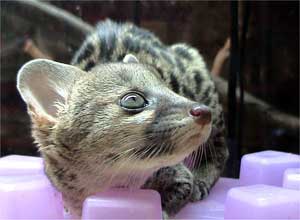

Genet - Genetta Genetta - Genette
The Genet is a native mammal of Africa, belonging to the family of Viverridae and was introduced to Spain and south west France in the 12th century by the Saracens who used them to catch rodents in their dwellings before that role was taken over by the domestic cat. Two species exist in Europe, the more common being Genetta genetta which is found in western and southern France and the Iberian peninsular, the other which is very rare is G. genetta isabelae found in Ibiza, Spain and the Balearic islands. Due to the time it has been in Europe it is not considered as an introduced species, (See protection below).

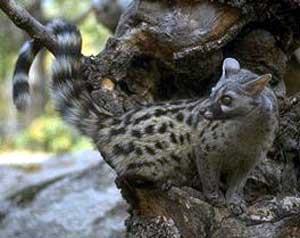
They are very pretty, long and slim, pale grey with dark spots on the body with a boldly dark banded tail, pointed face and quite large pointed ears; they grow up to 60cm in length and their tail can be nearly as long again, but being a creature of the night and also a creature that dislikes the presence of humans they are rarely seen outside of captivity. Although they are omnivores vegetation plays a minor role in their diet and they may well only consume it in the same manner as a cat or dog will. Their main diet consists of small mammals, birds, molluscs and insects, anything up to the size of a rabbit or squirrel will be taken but in practice the bulk of their diet is comprised of voles and wood mice. They are extremely agile and excellent climbers. They seem to prefer to be near water where they are good swimmers, however they will also be found in extremely dry habitats.
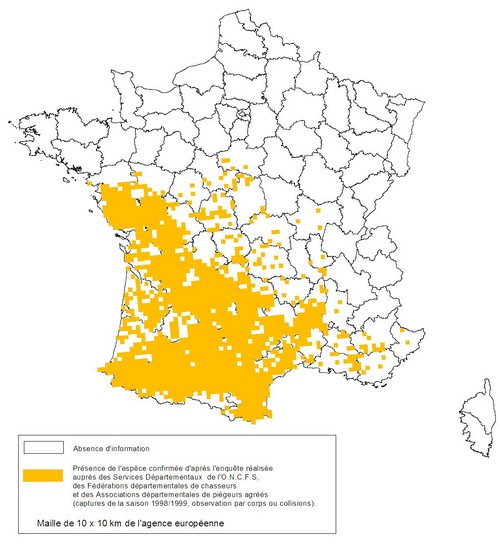
They are present in most of the western half of France with the possible exception of western Brittany and are generally to be found in wooded areas, often where water is present where they occupy a territory of about 5 square kilometres, using a hole or cavity in an old tree, rock face or something of a similar nature for cover. They have a tendency to use toilet areas, where excrement will be found in heaps, which is a useful indication of their presence.
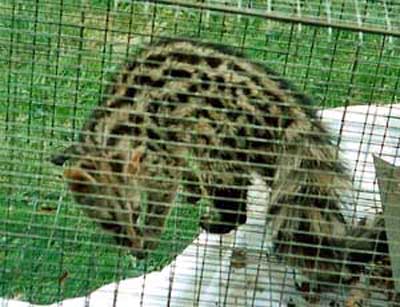
Photo above: Genet caught in cage trap then released.
.jpg)
Above - Baby Genet found by the roadside - LPO Aquitaine rescue centre
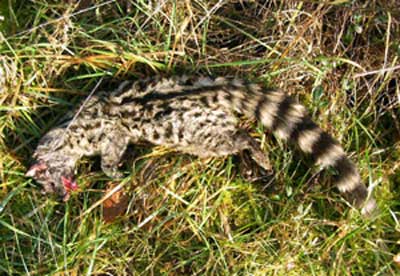

Photos -
Genette excrement in heap (above) and with vegetation (below).
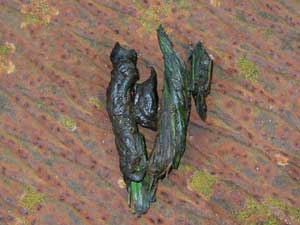
Photo below: Fresh excrement with vegetation.

Breeding can take place at almost any time of the year, but the young are normally born during April / May or August / September, producing 1 to 4 young, two litters a year being possible.
Their relationship with humans is on balance a positive one, although there is a possibility that chickens and ducks may be taken from time to time, their main diet is rodents which helps control numbers.
Populations are not generally threatened although road building can be disruptive locally and road kills do occur.
Fully protected species in France with Article 1 protection.




